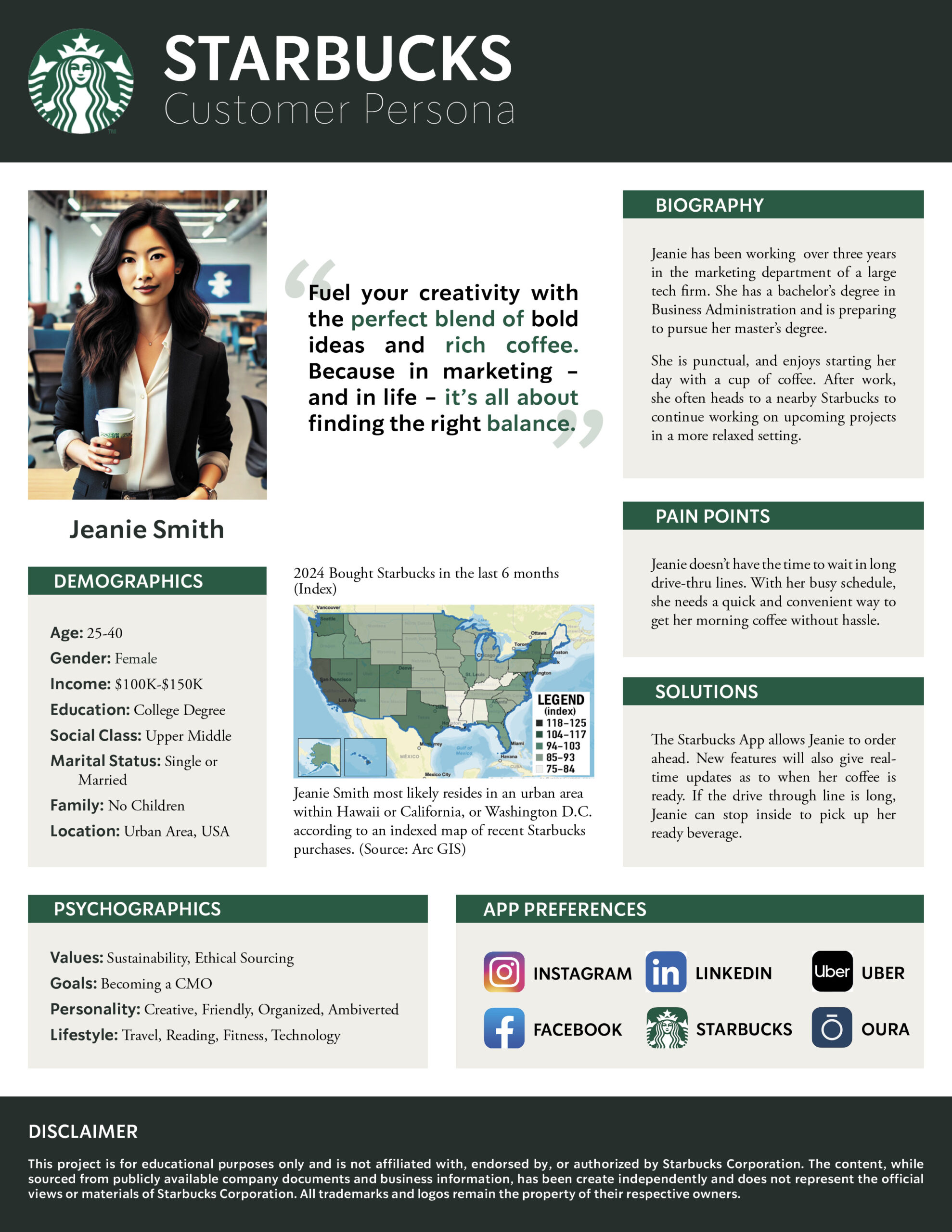
Reflecting on this course, I consider the direct and indirect applications of the material we covered. While much of what I learned may not directly impact my current role, I can already see the value these insights bring to those around me. Friends, family members, and coworkers involved in small businesses have benefited from the knowledge I shared from this course. I am glad I have shared insights that have enhanced their entrepreneurial efforts.
Customer Relationship Management

The concept of Customer Relationship Management (CRM) stood out as particularly useful, and I genuinely wish I could implement a CRM system in my workplace. Unfortunately, our company policy restricts the use of most outside software, limiting our ability to streamline processes this way. Despite this limitation, learning about CRM systems has been valuable, as I could share this knowledge with a coworker seeking solutions for his family business. After discussing the CRM platform I reviewed, he became interested in its features – such as contact management, order tracking, and customer segmentation – and was excited about its potential to streamline operations and enhance customer interactions. He even saw opportunities to improve their internal organization with CRM tools. Inspired by our conversation, he has since set up a trial account to explore how a CRM system might address some of their communication and order retention challenges. His enthusiasm was a great reminder of the practical applications of CRM tools in a small business setting, which increased my appreciation for this study area.
Google Advertising

Additionally, I found the information on Google and Facebook advertising both informative and inspiring. My sister, the artist behind Perceptionist Art, is incredibly talented and has achieved some visibility in the art community. However, she struggles with building a consistent income through her art alone. My insights into digital advertising strategies have sparked some ideas on how she might broaden her reach and connect with a larger audience. We discussed the potential of using both Google and Facebook ads to drive more traffic to her website. I believe investing in these platforms strategically could significantly enhance her online presence, increasing sales opportunities. The prospect of using data-driven advertising to support her art business has been exciting for both of us, and I’m eager to help her implement these ideas to expand her opportunities.
Search Engine Optimization

Lastly, I found the Search Engine Optimization (SEO) section particularly enlightening. SEO is critical for any online business or website seeking to attract more visitors and improve its visibility in search engine results. For my sister’s art website, applying SEO best practices could lead to a substantial increase in traffic, potentially converting casual browsers into interested customers. Techniques such as optimizing keywords, improving site structure, and enhancing content quality are all strategies we intend to apply to make her website more discoverable. The hope is that with these adjustments, her site will rank higher in search results, ultimately bringing more art enthusiasts and potential buyers her way. Learning about SEO has given me a new perspective on how small changes in online presentation can significantly impact business visibility and growth.
Conclusion

In conclusion, while this course may not directly impact my day-to-day work, it has equipped me with highly relevant tools in the broader world of business and marketing. The CRM insights have already benefited a coworker’s family business, the advertising knowledge is set to boost my sister’s art career, and the SEO strategies we’ve discussed have the potential to make her website more effective for attracting customers. Each of these lessons has real-world applicability that extends through many spheres of business and entrepreneurship. I look forward to applying these concepts, knowing they can empower those around me to achieve their business and marketing goals.


















